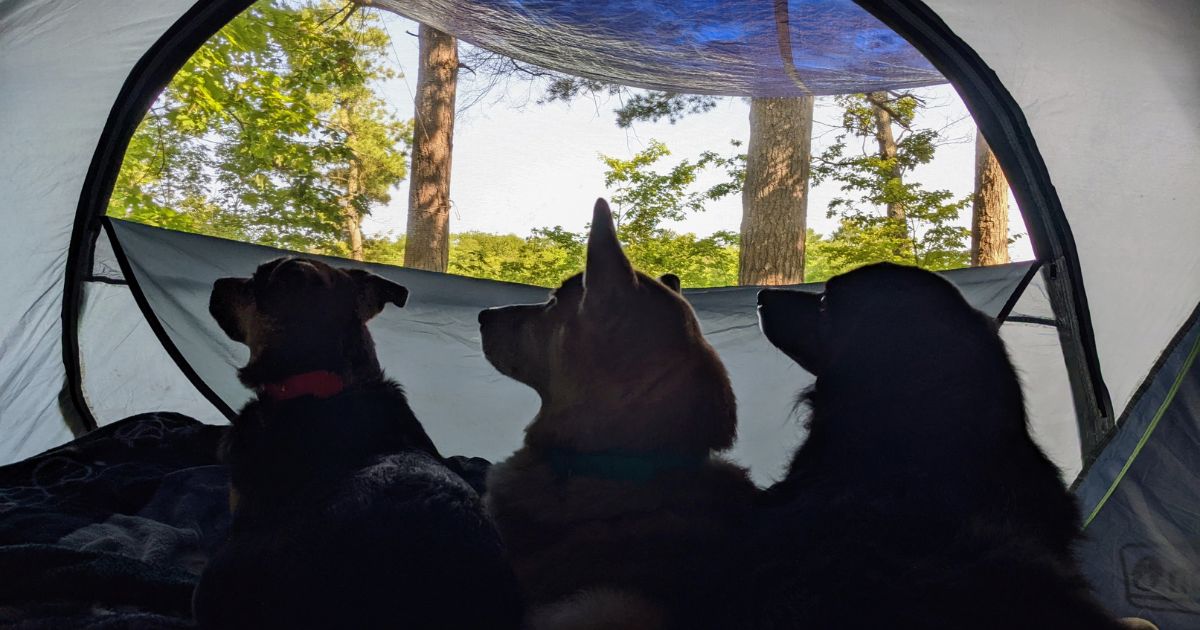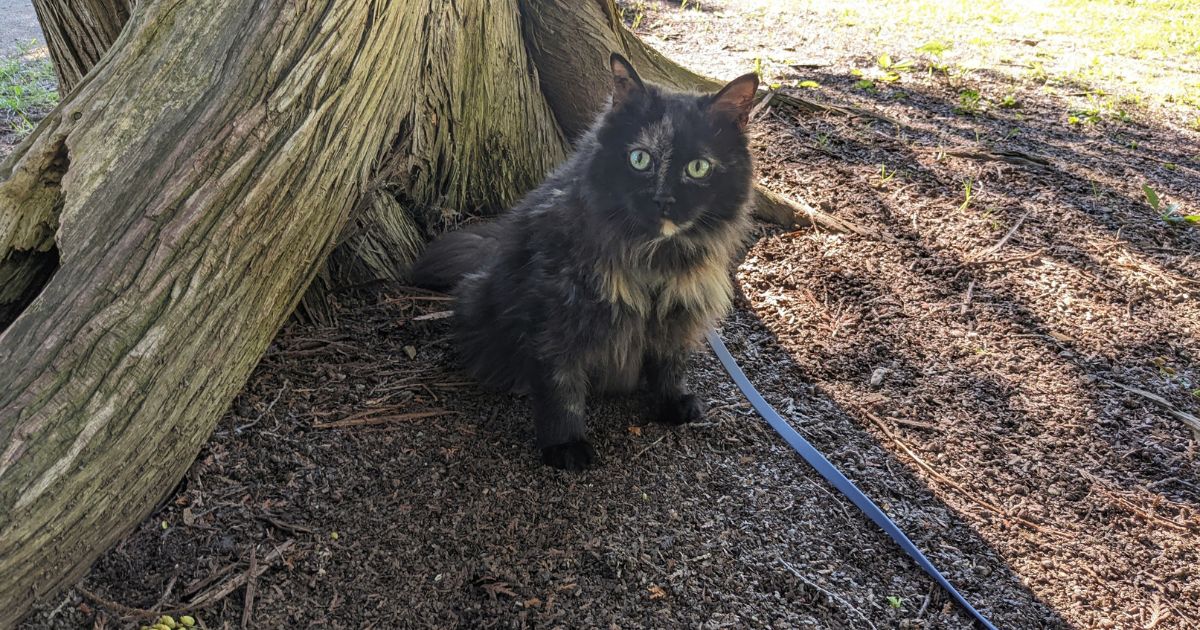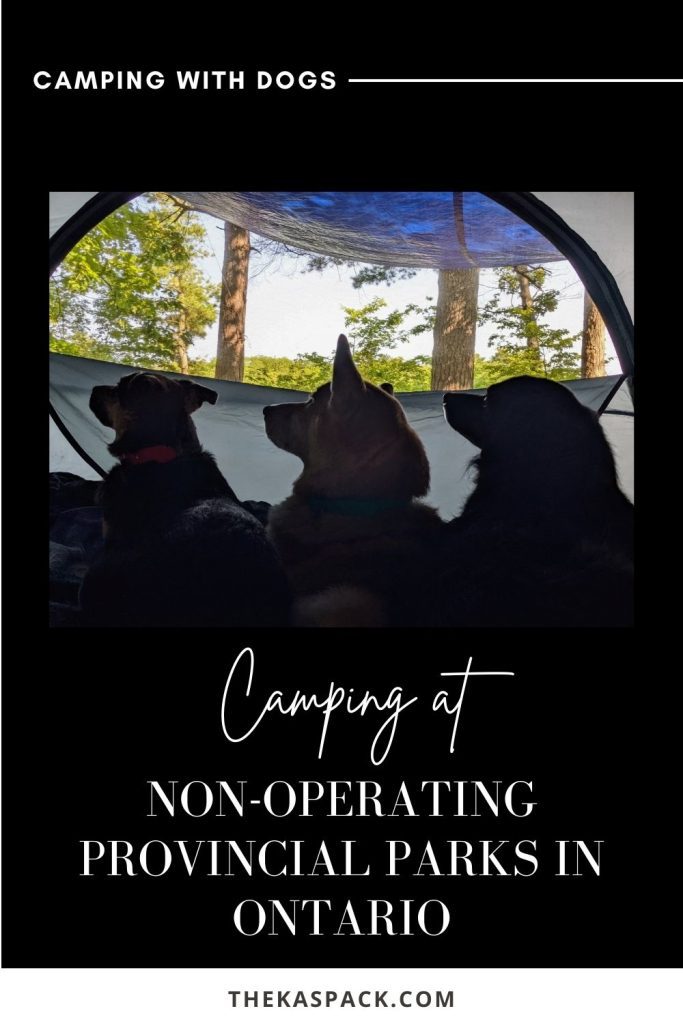Camping at Non-Operating Provincial Parks in Ontario
Key Takeaways
- Ontario Parks maintains 340 provincial parks, over 200 of which are non-operational
- Non-operational provincial parks are free to use
- Parks may have road access, but many are only accessible by hiking or paddling
- Some parks allow camping, much like a crownland location, but others have strict no-camping rules due to the potential environmental impact
- Pets are permitted at all non-operational Ontario Parks as long as owners are respectful of nature and other park visitors
When the conversation of where to camp in the province of Ontario comes up, two types of locations are generally mentioned – Ontario Parks campgrounds and Ontario Crownland.
There are many types of camping that fall within those two categories.
You can check the Ontario Parks reservation site, and you will find cabins, yurts, electrical/non-electrical front-country campsites, and hiking/paddling back-country campsites.
There are 340 provincial parks in Ontario, but many of those locations are “non-operating.” What is a non-operating park, and can you still camp at these locations? Are pets permitted in non-operating parks?
In this article, we’re going to answer these questions and more! Let’s get started…

What Are Non-Operating Ontario Parks?
Non-operating provincial parks are locations maintained by Ontario Parks but are not staffed and do not offer any facilities.
Some locations were once operational parks, while others were never used as official campgrounds. They were usually deemed provincial parks for the purpose of managing and protecting vulnerable ecosystems.
As the use of the parks varies considerably, so too will the possible amenities waiting for you when you arrive.
Many non-operating parks will have hiking trails that you can explore. If they were previously an operating campground, campsite spots might still be accessible with firepits.
However, several parks are completely inaccessible by car. To visit these locations, you will need to hike or paddle in.
How Many Non-Operating Provincial Parks Are There in Ontario?
Of the 340 provincial parks in Ontario, over 200 are categorized as “non-operating.” These parks exist across the province but are primarily located in Northern Ontario.
To find non-operating parks in Ontario, you can use the Park Locator on the Ontario Parks website.
This is a map of Provincial Parks in Ontario that is divided into Operating Parks, Non-Operating Parks, and Conservation Reserves.
If you know you are interested in a specific non-operating park, there is a dropdown list where you can select a park by name for more information.
Are Non-Operating Ontario Parks Free for Day Use?
Yes! All non-operating parks are free to access. However, many of these parks have specific rules regarding how they can be used and what areas are accessible to the public.
These rules are in place to help with environmental conservation.
A location may be designated as a provincial park for the purpose of protecting a vulnerable plant or animal in the area. In these situations, rules are set with the safety of that plant or animal in mind.
Make sure to research and find out what areas you are allowed to explore before your trip. Simply hiking through an area that is off-limits could result in irreversible damage.

Can You Camp in Non-Operating Ontario Parks?
The short answer, maybe. Some parks allow camping on the property, while others strictly forbid it. To complicate things further, the list of non-operating parks that allow camping may change slightly from year to year.
Parks that do allow for camping are treated much like Crownland. There are no facilities available, it is first come, first serve, and campers are expected to adhere to “leave no trace” principles.
Are Pets Allowed in Non-Operating Provincial Parks?
Yes! Just like Crownland, there are no restrictions to pets when camping at a non-operating park in Ontario. This includes allowing any type of pet and any number of pets.
But all pets must be respectful of the natural environment around you and any other outdoor travellers in the area.
As a responsible pet owner, you need to abide by the following rules:
- Clean up after your pet
- No excessive noise, including barking that could disturb others
- Don’t allow your pet to roam off any designated trails or locations freely
- Always have your pet behaved and under control
While most dog owners would love to enjoy their time outdoors with their dogs off-leash, be realistic about your dog and their capabilities. A dog that doesn’t have a solid recall could get into serious trouble if allowed to run loose.
This includes encountering wildlife and predators (like coyotes, wolves, or bears) or ingesting toxic plants growing in the area.
It is your job to keep your pet safe. If that means keeping your dog on-leash until they are better trained, then the responsible thing is to keep that leash on!

Have you ever camped at any of the non-operating provincial parks in Ontario? If so, we’d love to hear about your experiences in the comments!
